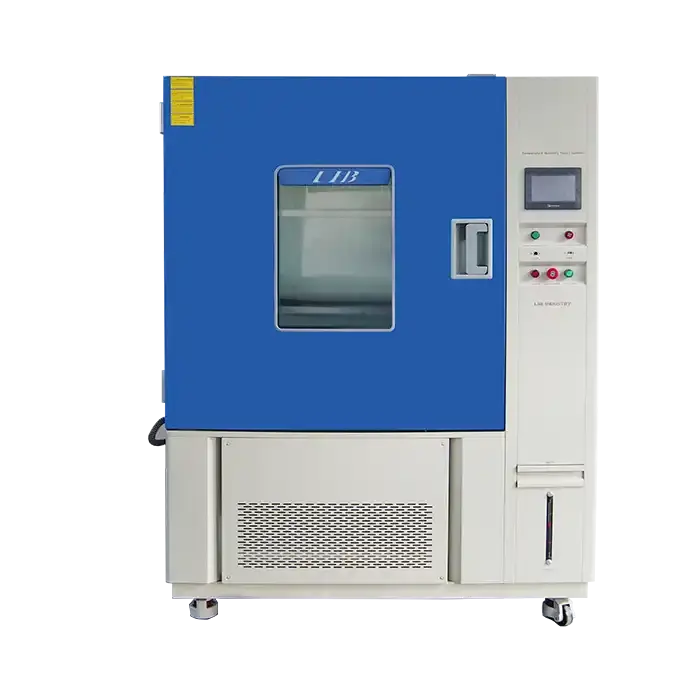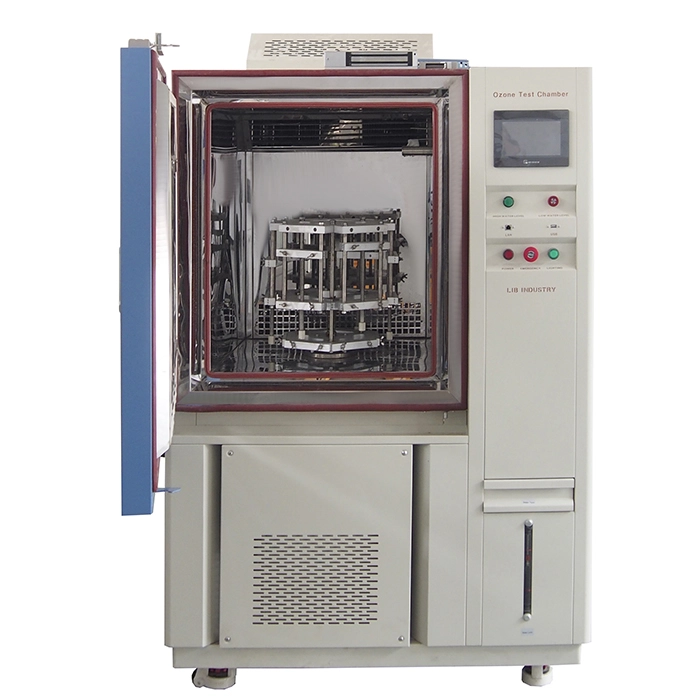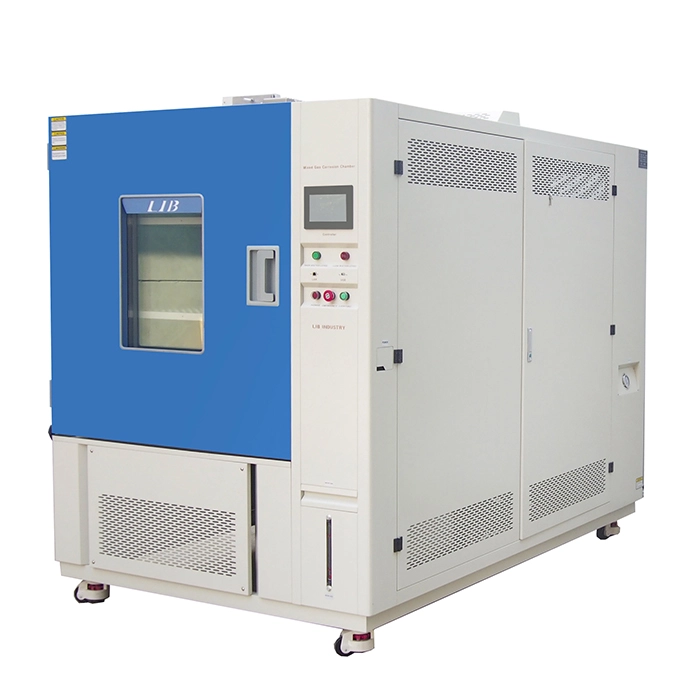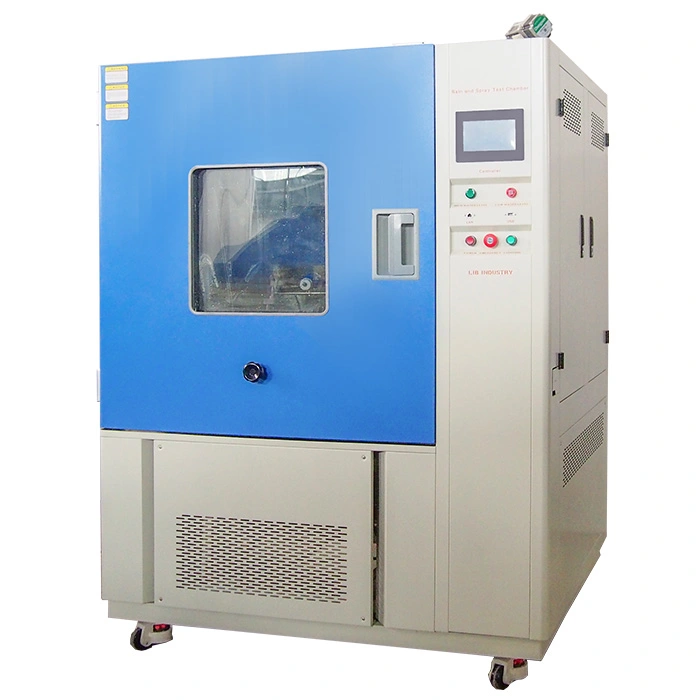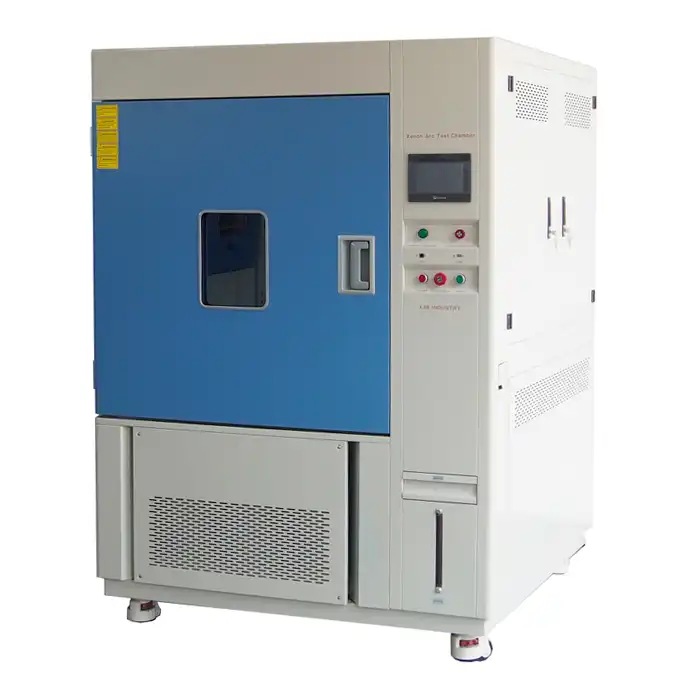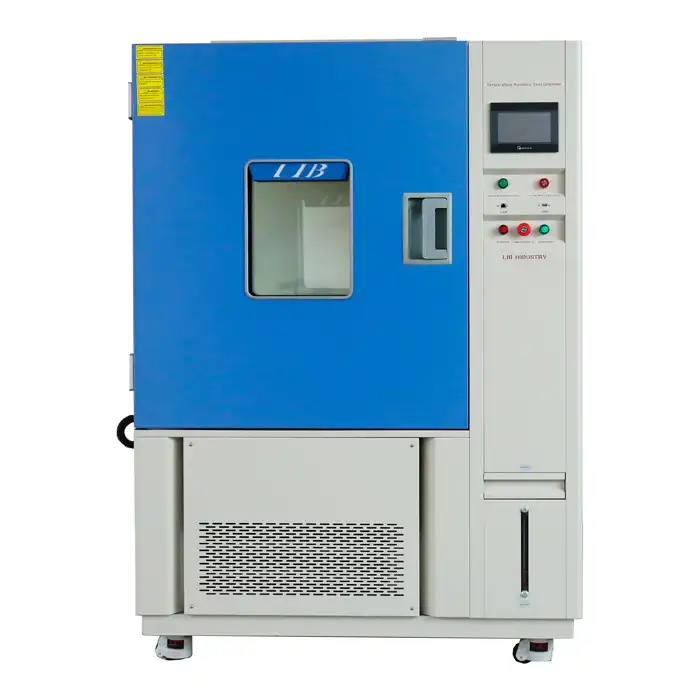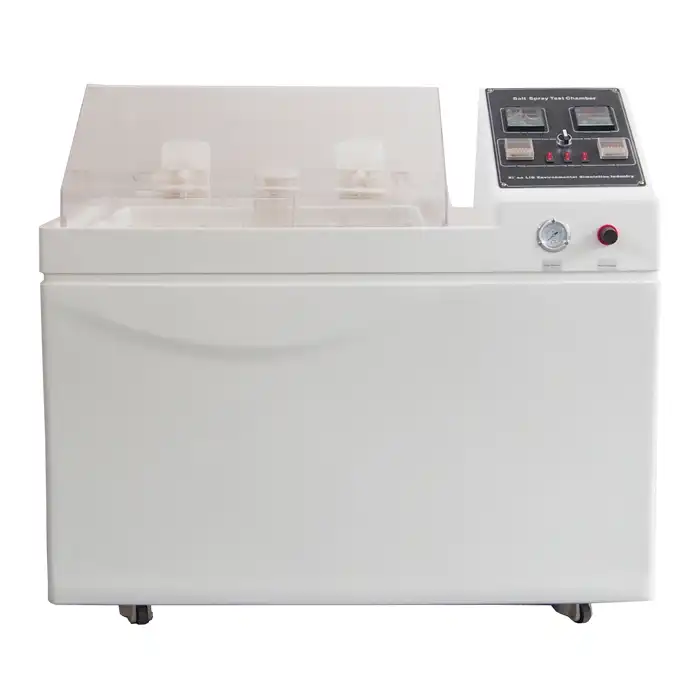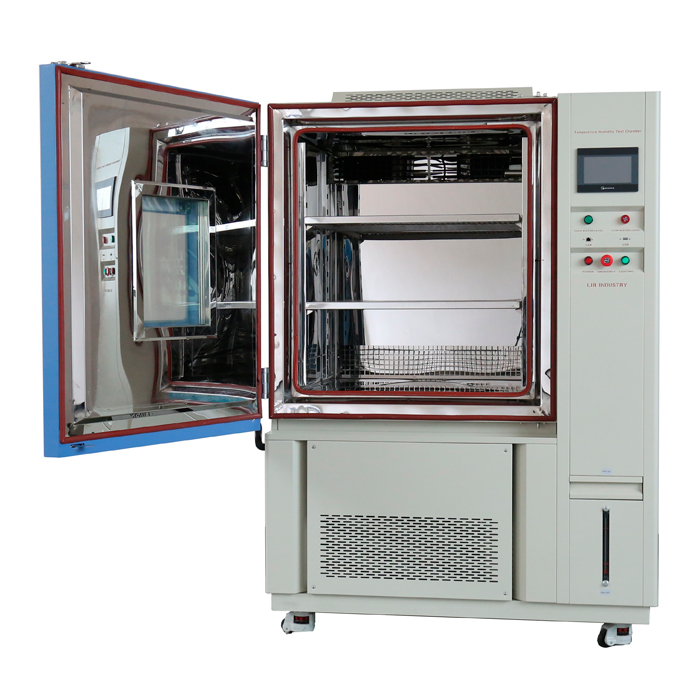How to control temperature in a chamber?
Introduction
Temperature control in a constant temperature chamber is crucial for various applications, including scientific research, industrial processes, and quality testing. Achieving precise and consistent temperature conditions can significantly impact the reliability and accuracy of experimental results and product quality. This blog will explore the methods and technologies used to control temperature in a chamber, addressing common questions and providing detailed insights.
What Are the Key Components of a Constant Temperature Chamber?
Thermostatic chambers, also known as environmental or climatic chambers, are designed to create stable and controlled environments. The constant temperature humidity chamber is also to create a controlled environment with specific temperature and humidity levels.These chambers are used across various industries to test the effects of different temperature conditions on products and materials. Understanding the key components of these chambers is essential for effective temperature control.
Refrigeration and Heating Systems
At the heart of any thermostatic chamber are its refrigeration and heating systems. These systems work together to maintain the desired temperature within the chamber, regardless of external conditions.
Refrigeration System: The refrigeration system is responsible for cooling the chamber. It typically consists of a compressor, condenser, expansion valve, and evaporator. The refrigerant circulates through these components, absorbing heat from the chamber and releasing it outside. Advanced chambers use cascade refrigeration systems to achieve extremely low temperatures.
Heating System: The heating system usually comprises electric heaters or resistance heaters that provide heat to the chamber. The heating elements are controlled by temperature sensors and a feedback loop to ensure precise temperature adjustments. Some chambers also use Peltier devices for heating and cooling, especially in smaller units or where precise temperature control is needed.
Insulation and Sealing
Proper insulation and sealing are critical for maintaining a stable temperature within the chamber. Insulation materials, such as polyurethane foam or fiberglass, help minimize heat exchange between the chamber and the external environment. High-quality seals around doors and other openings prevent air leaks, ensuring that the internal temperature remains consistent.
Temperature Sensors and Controllers
Temperature sensors and controllers play a vital role in monitoring and regulating the chamber’s temperature.
Sensors: Thermocouples, resistance temperature detectors (RTDs), and thermistors are commonly used to measure the temperature inside the chamber. These sensors provide real-time data to the control system.
Controllers: Temperature controllers use the data from sensors to adjust the heating and cooling systems. Programmable logic controllers (PLCs) and microprocessor-based controllers are often used for this purpose. They implement control algorithms, such as Proportional-Integral-Derivative (PID) control, to maintain the desired temperature setpoint with high precision.
Air Circulation System
An effective air circulation system ensures uniform temperature distribution throughout the chamber. Fans and blowers circulate air within the chamber, preventing hot or cold spots and ensuring that the entire chamber maintains a consistent temperature. Some chambers use baffles and air ducts to enhance airflow and improve temperature uniformity.
How Do You Ensure Precise Temperature Control in a Chamber?
Ensuring precise temperature control in a chamber involves using advanced technologies and implementing best practices. This section explores the techniques and strategies used to achieve and maintain accurate temperature conditions.
Calibration and Validation
Regular calibration and validation of temperature sensors and controllers are essential for accurate temperature control. Calibration involves comparing the readings of the chamber’s sensors with a known standard and adjusting them to match the standard. Validation ensures that the chamber performs as expected under various conditions.
Calibration Procedures: Calibration should be performed using traceable standards, such as those provided by the National Institute of Standards and Technology (NIST). The process typically involves placing a reference sensor inside the chamber and comparing its readings with the chamber’s sensors. Any discrepancies are corrected by adjusting the sensor outputs or the controller settings.
Validation Testing: Validation involves running tests to ensure that the chamber can maintain the desired temperature range consistently. This may include temperature mapping, where multiple sensors are placed throughout the chamber to measure temperature distribution. The results help identify any areas of non-uniformity and make necessary adjustments.
Advanced Control Algorithms
Advanced control algorithms, such as PID control, are widely used to maintain precise temperature conditions. These algorithms adjust the output of the heating and cooling systems based on the difference between the desired and actual temperatures.
PID Control: PID control uses three parameters—proportional, integral, and derivative—to calculate the necessary adjustments to the heating and cooling systems. The proportional component responds to the current error, the integral component addresses the cumulative error over time, and the derivative component predicts future error based on the current rate of change. Tuning these parameters ensures optimal temperature control.
Fuzzy Logic and Adaptive Control: Some modern chambers use fuzzy logic or adaptive control algorithms for enhanced performance. Fuzzy logic control mimics human reasoning, making adjustments based on a set of rules rather than precise calculations. Adaptive control continuously adjusts the control parameters in response to changing conditions, providing more robust and flexible temperature control.
Environmental Monitoring
Continuous environmental monitoring is crucial for maintaining precise temperature control. Monitoring systems track various parameters, such as temperature, humidity, and airflow, providing real-time data to the control system.For example,electronic components and devices are highly sensitive to changes in temperature and humidity, which can affect their performance and longevity. By using constant temperature and humidity chamber, manufacturers can identify potential failures and ensure that their products will function reliably under various environmental stresses.
Data Logging: Data loggers record temperature data over time, allowing for detailed analysis and troubleshooting. This data can help identify patterns or trends that may indicate potential issues, such as equipment malfunctions or environmental changes.
Alarm Systems: Alarm systems alert operators to any deviations from the desired temperature range. These systems can be configured to trigger notifications via email, SMS, or other means, ensuring that issues are addressed promptly.
What Are Common Challenges in Maintaining Temperature in a Chamber?
Maintaining a constant temperature in a chamber can be challenging due to various factors. This section discusses common challenges and provides strategies to address them.
External Environmental Factors
External environmental factors, such as ambient temperature, humidity, and air pressure, can impact the chamber's internal conditions.A constant temperature and humidity test chamber is an essential piece of equipment to control humidity. Variations in these factors can cause fluctuations in the chamber's temperature, affecting the accuracy of tests and experiments.
Insulation and Sealing: Ensuring proper insulation and sealing can help mitigate the effects of external environmental factors. High-quality insulation materials and tight seals around doors and openings prevent heat exchange with the external environment.
Controlled Environment: Placing the chamber in a controlled environment, such as a temperature-controlled room, can further reduce the impact of external factors. This setup provides an additional layer of stability, helping maintain consistent internal conditions.
Heat Load Variations
Heat load variations, caused by changes in the chamber's contents or the introduction of new samples, can affect temperature stability. For example, placing a large, cold sample in the chamber can temporarily lower the internal temperature.
Preconditioning Samples: Preconditioning samples to the desired temperature before placing them in the chamber can minimize the impact on internal conditions. This practice ensures that the samples do not introduce significant heat load variations.
Gradual Temperature Changes: Implementing gradual temperature changes, rather than abrupt adjustments, can help maintain stability. For example, slowly ramping up the temperature when introducing a new sample can prevent sudden fluctuations.
Equipment Malfunctions
Equipment malfunctions, such as failures in the heating or cooling systems, can disrupt temperature control. Regular maintenance and monitoring are essential to prevent and address these issues.
Preventive Maintenance: Regular preventive maintenance, including cleaning, calibration, and inspection of components, helps ensure reliable operation. Identifying and addressing potential issues before they lead to malfunctions can prevent unexpected disruptions.
Redundancy and Backup Systems: Implementing redundancy and backup systems can enhance reliability. For example, having a backup refrigeration unit or heater can ensure continued operation in case of a primary system failure.
Conclusion
Maintaining precise temperature control in a chamber involves understanding and managing various components, employing advanced control algorithms, and addressing common challenges. By implementing best practices and leveraging modern technologies, it is possible to achieve stable and accurate temperature conditions, essential for reliable testing and research outcomes. Continuous monitoring, regular calibration, and proactive maintenance are key to ensuring optimal performance of constant temperature chamber.
References
1. National Institute of Standards and Technology (NIST)
2. PID Control Theory and Applications
3. Advanced Environmental Chamber Technologies
4. Calibration Procedures for Temperature Sensors
5. Importance of Insulation in Temperature Chambers
6. Fuzzy Logic Control Systems
7. Adaptive Control in Environmental Chambers
8. Preventive Maintenance for Temperature Control Systems
9. Data Logging and Monitoring in Temperature Chambers
10. Strategies for Managing Heat Load Variations



